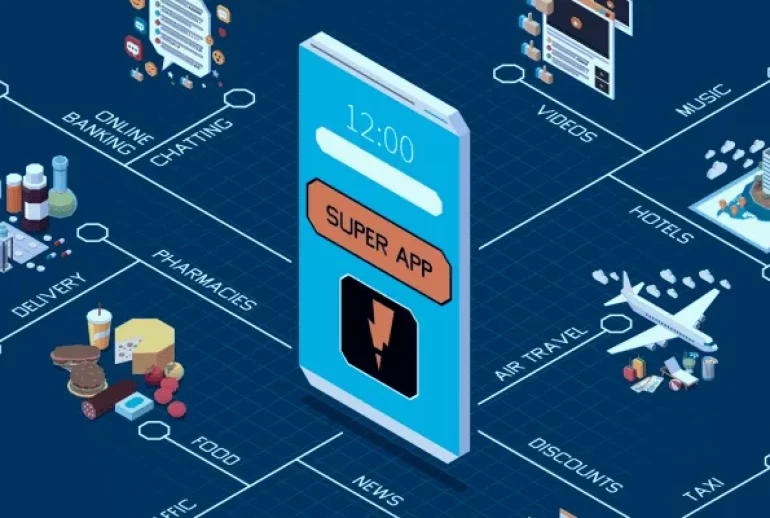
Technology is the use of scientific principles, computer systems, and mechanical and other techniques in finding solutions to issues, improve on the effectiveness of existing process, and in the attainment of practical aims. Technology includes all the artificial structures and equipment that allow individuals to act and interact, think and design, and transform the world.
It comprises tangible items such as machines and implements, and non-tangible items, like software and processes. Here’s a breakdown:
Technology classification can be made along such subcategories as IT technology, hi-tech technology, manufacturing technology, and others. It is a dynamic that develops over time, in response to changing technologies, products, and scientific and engineering achievements, which define the world, people’s lives, and their interpersonal relationships.
Above examples highlights how technology is utilized to improve efficiency, enhance capabilities, and solve problems across various sectors.

The people need more peaceful life in this highly technical world. Psytechology is there to help the masses in it.
WhatsApp us